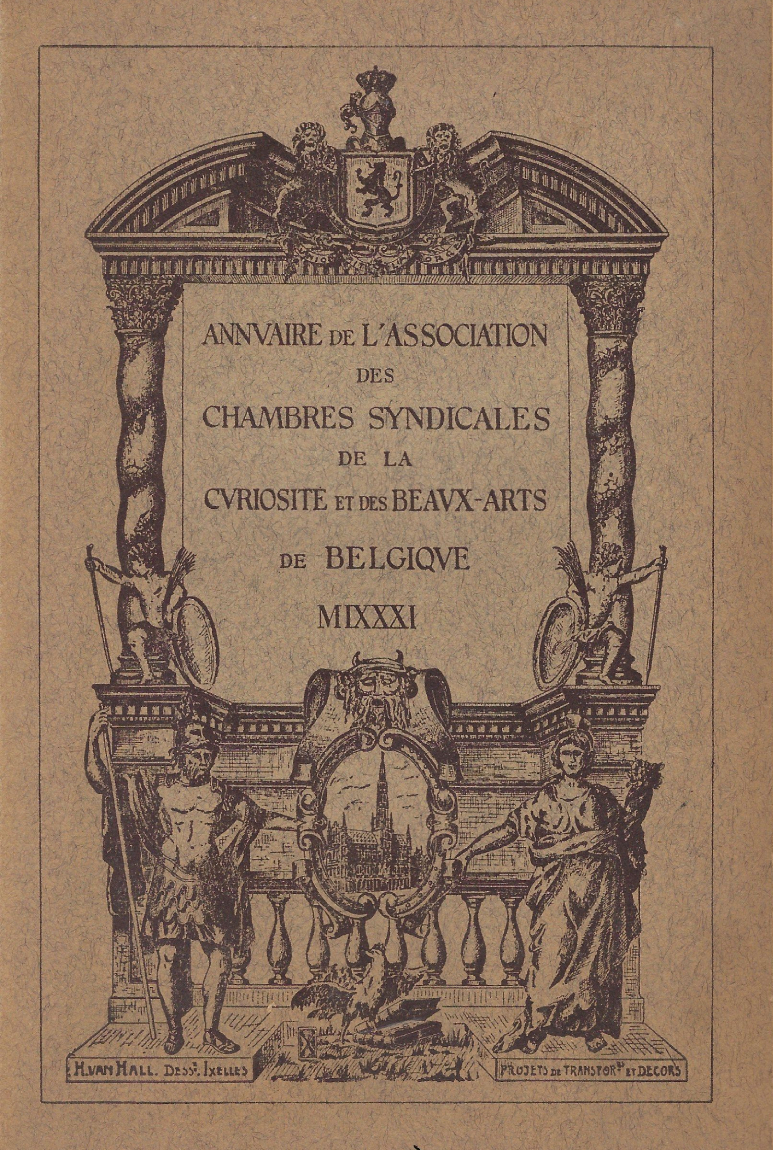
Since the Middle Ages, associations called guilds and corporations were created by people within the same profession. They had specific rules and objectives: mutual assistance, regulation and defense of their activities. These corporations were particularly well developed in cities like Bruges, Kortrijk, Ghent and Brussels. And so it makes sense that one of the first Antiquaries’ Chamber was founded in Belgium.
At the end of the First World War, as soon as peace returned, some antique dealers nurtured the idea of bringing together all the professionals into an association with recognized competence. The idea came to fruition in 1919 with the creation of the Chambre Syndicale des Beaux-Arts et de la Curiosité. It was one of the first professional chambers of art dealers in the world, comprising about a dozen members. Soon, their number had grown to more than thirty. After a few years, the decision was made to simplify the name of the organization to Chambre des Antiquaires de Belgique.
In 1935, a few countries worked together to create CINOA, the International Confederation of Art Dealers. Belgium has been the driving force behind the creation of this worldwide organization, which is made up of 30 associations from 20 countries.
In 1956, the Chamber organized the first Antiques Fair or ‘Foire des Antiquaires’ in the Galeries Louise in Brussels. Only its members were allowed to exhibit. Very quickly, the Fair attracted more and more people, and its reputation continued to grow. The space in the Galeries Louise became too small. In 1968, the Fair moved to the Palais des Beaux-Arts.
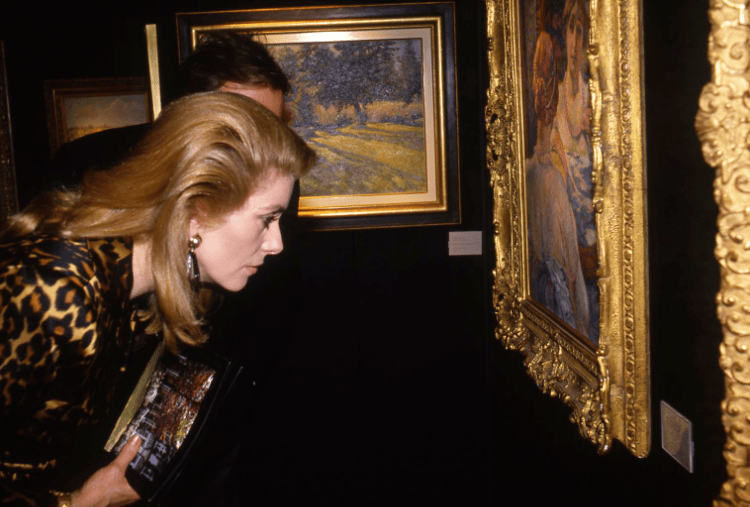
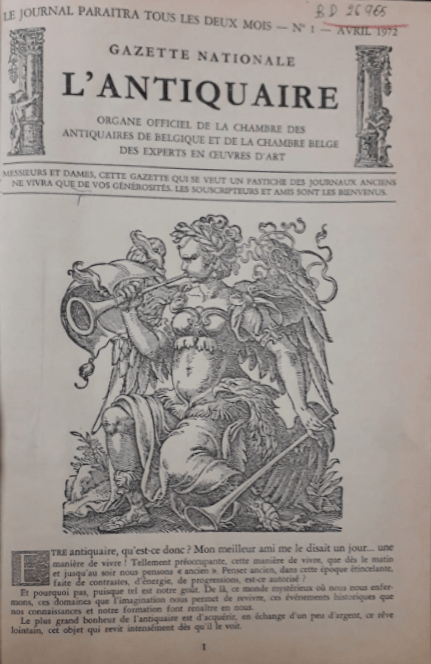
In 1970, the antique dealer Christian de Bruyn became president of the Chamber and remained at the head of the association for 30 years. As a modern and visionary manager, he decided to reorganize it from top to bottom and breathe new life into it with the help of Josette Hecht. An enthusiastic and efficient secretary, Mrs Hecht managed the association’s head office for 31 years. When the well-restructured non-profit organization had found its rhythm, the Chamber was able to begin to interest and involve members in the life of the association by organizing seminars, conferences and meetings. It also launched its own magazine, “L’Antiquaire”, which was the official publication of the Chamber in the 70s. The magazine contained interviews, portraits, feature articles on the history of the art or more practical information on the restoration of works of art.
The 1970s were the age of some great names in the world of antiques, merchants highly specialized in silverwork, furniture or paintings of the seventeenth and eighteenth centuries whose fame has crossed the borders. We should mention Charles Van Hove; the Finck, famous merchants of paintings, especially Flemish primitives; Louis Planchar, a Liège-based silver merchant who trained several renowned antique dealers; Georges De Jonckheere, specialist in 18th century furniture and old master paintings; Jean Tollemans, 18th century furniture specialist and André Belley, a great porcelain expert from Tournai who donated his collections to the Mariemont Museum.
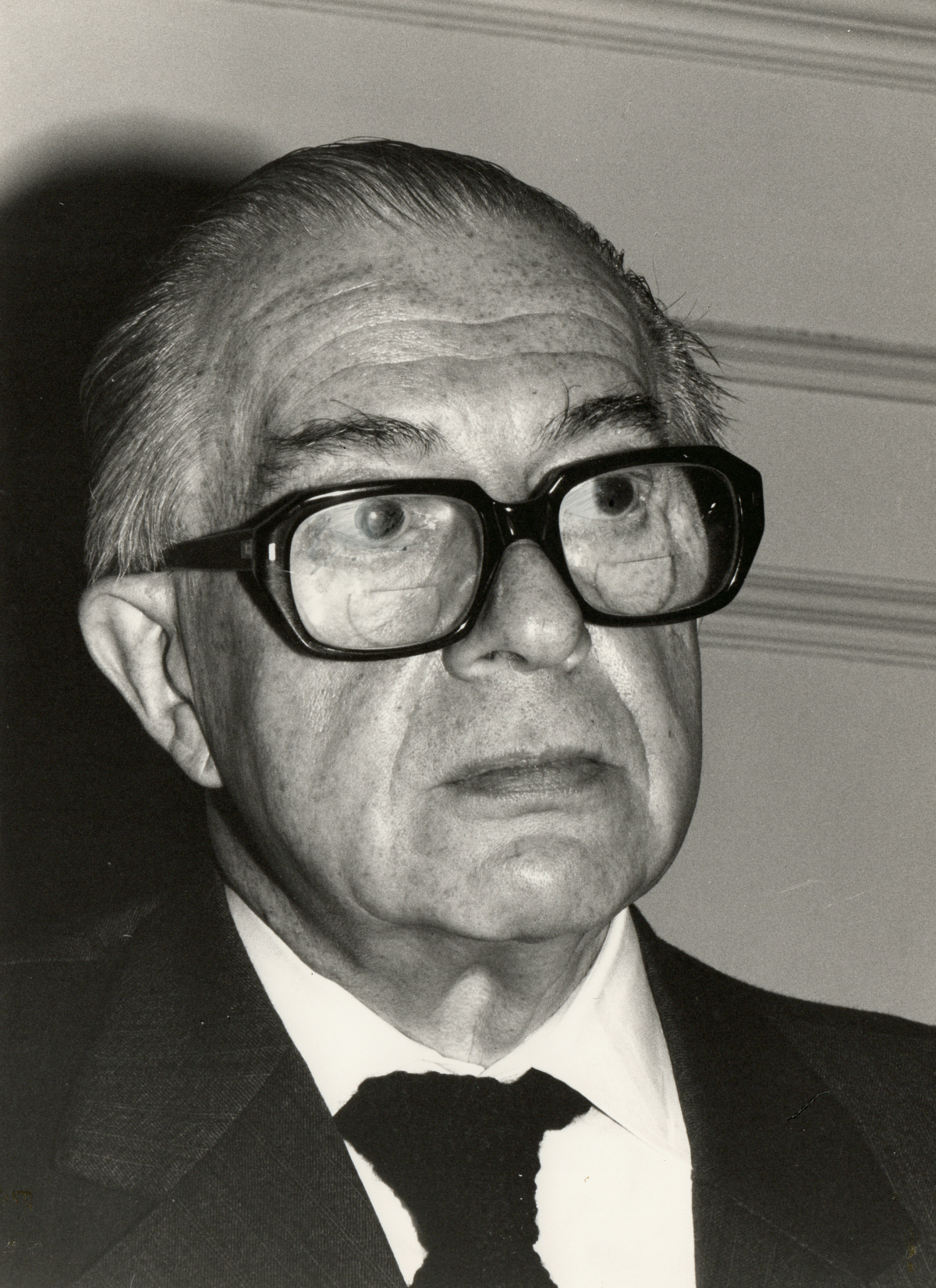
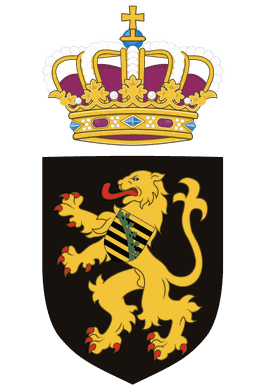
The end of the decade marked the beginning of a new generation of antique dealers, driven by great interest in twentieth-century creations. This interest was in line with the growing popularity of the public for this time period. The market was evolving. The Chamber adapted and began to accept members specialized in Art Nouveau and Art Deco. This was only the beginning. The extension continued to the art of Japan and China, to tribal art including African, Oceanic, etc., and of course to modern and contemporary art. Works from the 20th and 21st century must meet the same criteria: quality and authenticity.
In 1988, the association was awarded the 'Royal' label and became the Belgian Royal Chamber of Antiques Dealers.
It was not until 1995 that the Belgian Antiques Fair or ‘Foire des Antiquaires de Belgique’ began to welcome invited (and foreign) exhibitors who are not members of the Chamber. Building on its success, the ‘Foire des Antiquaires de Belgique’ moved to Tour & Taxis in 2004. In 2009, it took the name ‘BRAFA’ (Brussels Antiques and Fine Art Fair then Brussels Art Fair in 2015).
Throughout the twentieth century and until the 1980s, the French term 'antiquaire' (“antiquary” or “antique dealer”) referred to a merchant specialized in works of art from the seventeenth, eighteenth and nineteenth centuries. Its chronological scope thus ended in 1900. However, the evolution of society and the change in mentalities modified the profession. Gradually, furniture, paintings and objects from the Art Nouveau and Art Deco periods (until 1930) acquired the status of antiques.
At the beginning of the third millennium of the common era, the decision was made to carry out a new enlargement by incorporating furniture and 'design' of the 1940s, 1950s and 1960s, contemporary objects and, one of our sources of national pride, comic strips. In 2010, the name of the association was changed to Belgian Royal Chamber of Antique and Art Dealers, as a reflection of these new markets. In 2019, the professional association celebrates its 100th anniversary with a new name, ROCAD.be or ‘Royal Chamber of Art Dealers’.
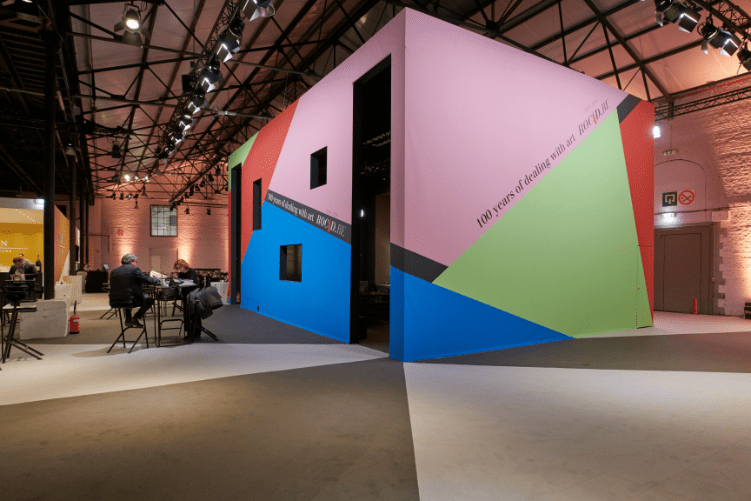

ROCAD.be is the Belgian professional association which an antique or art dealer can join based on very specific criteria. Among these, knowledge, experience and reputation play a leading role. Dealer candidates must have had a business register for at least two years. Once accepted, they must complete a two-year internship. Initially, in the absence of written and established criteria, the Chamber had to guarantee the value and credibility of its members to the public. A detailed code of ethics drawn up by one of the former chairmen, Patrick Derom, specifies these requirements today. The antiques market is in continuous evolution. As a quality seal and a guarantee for the client, a membership card bearing the name of the dealer is given to members each year.
